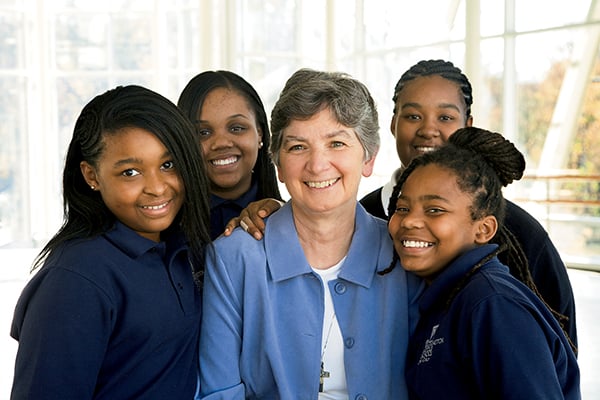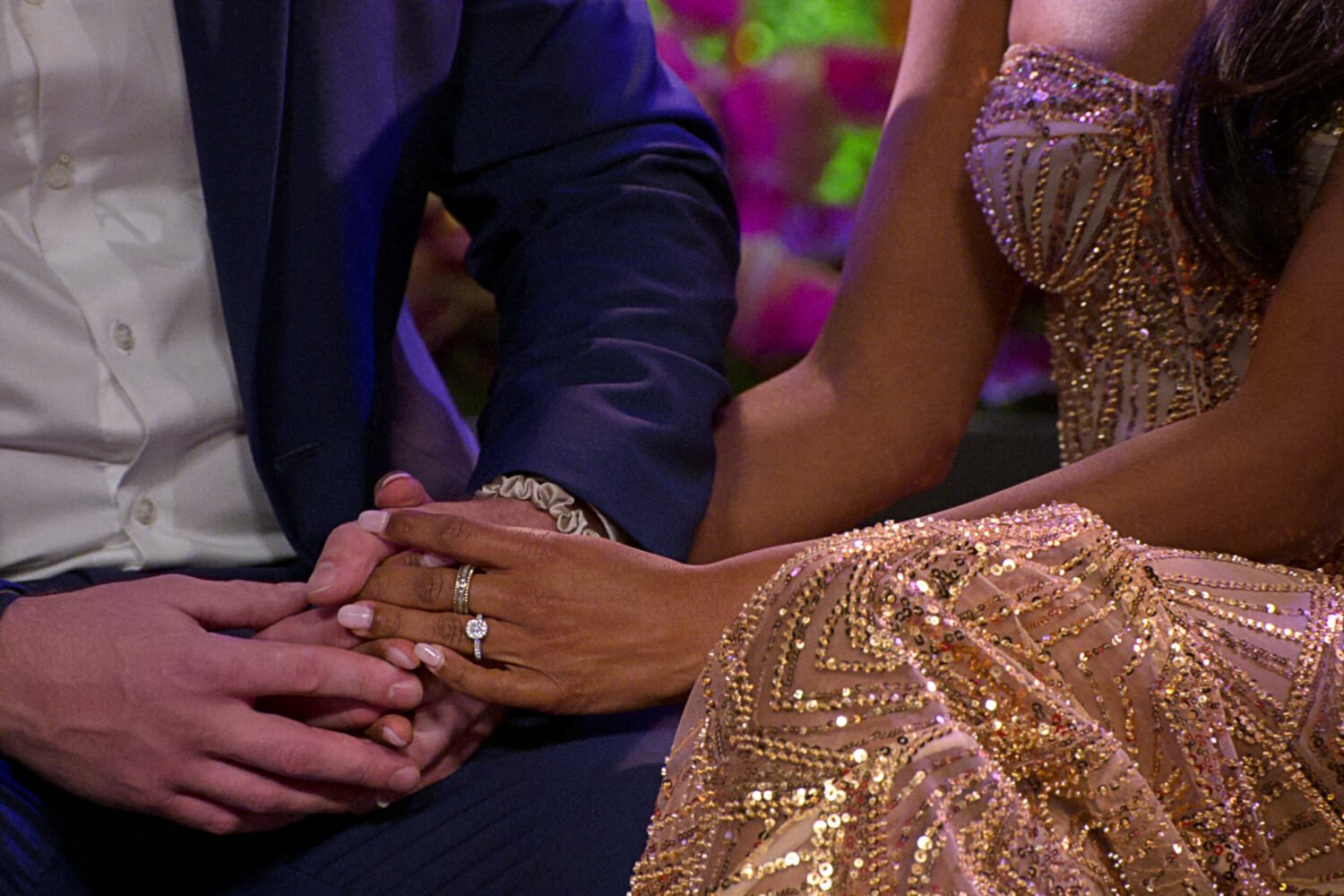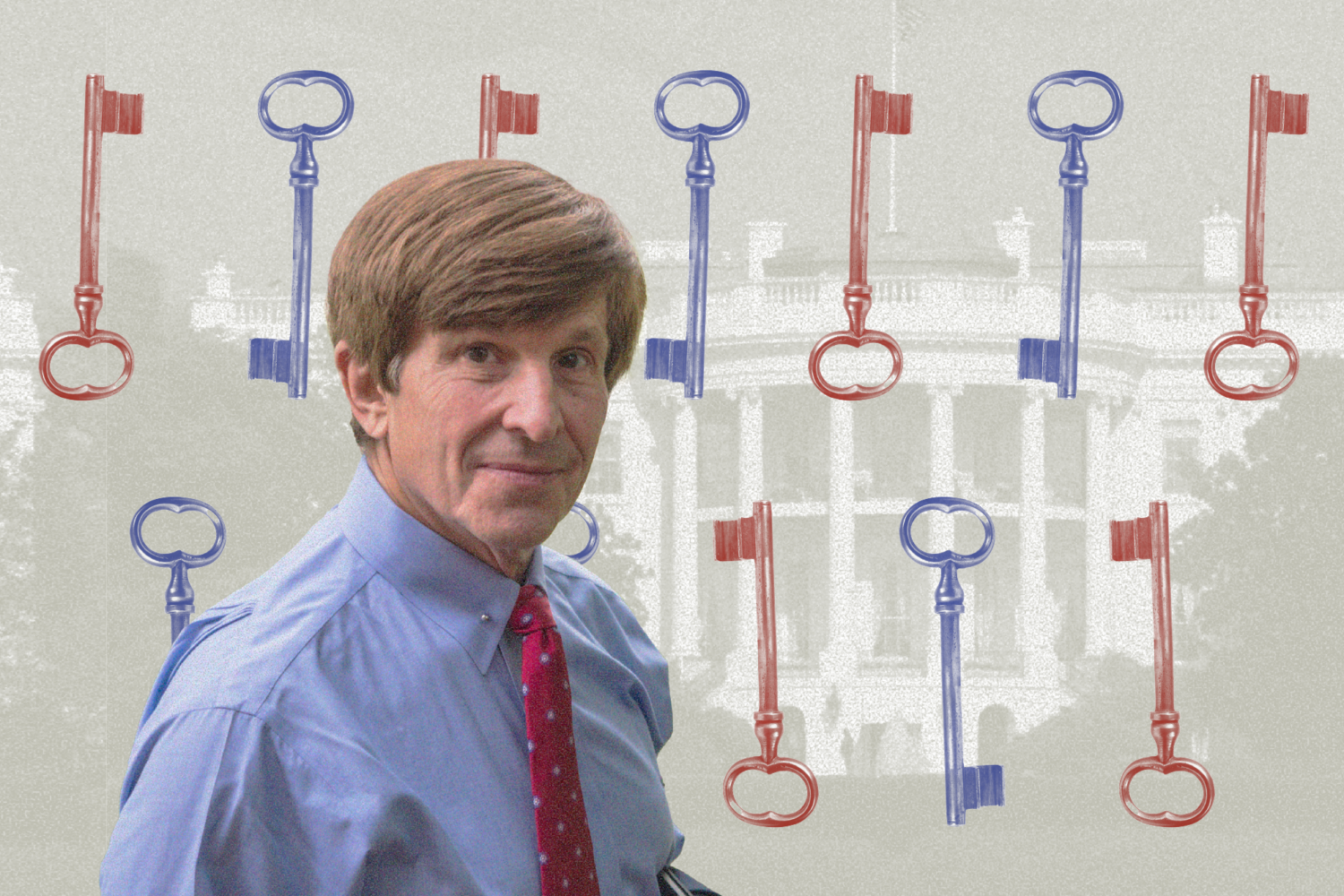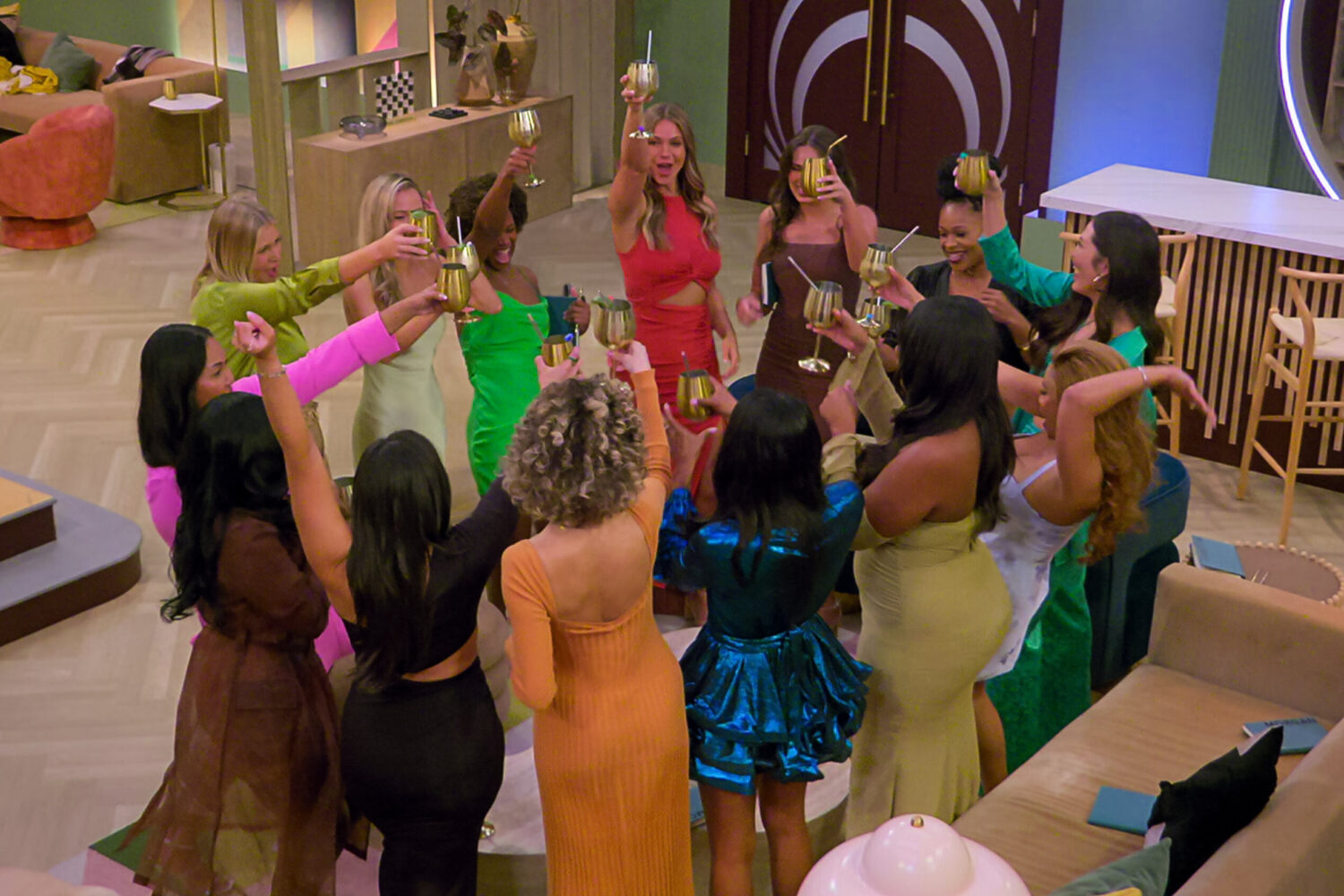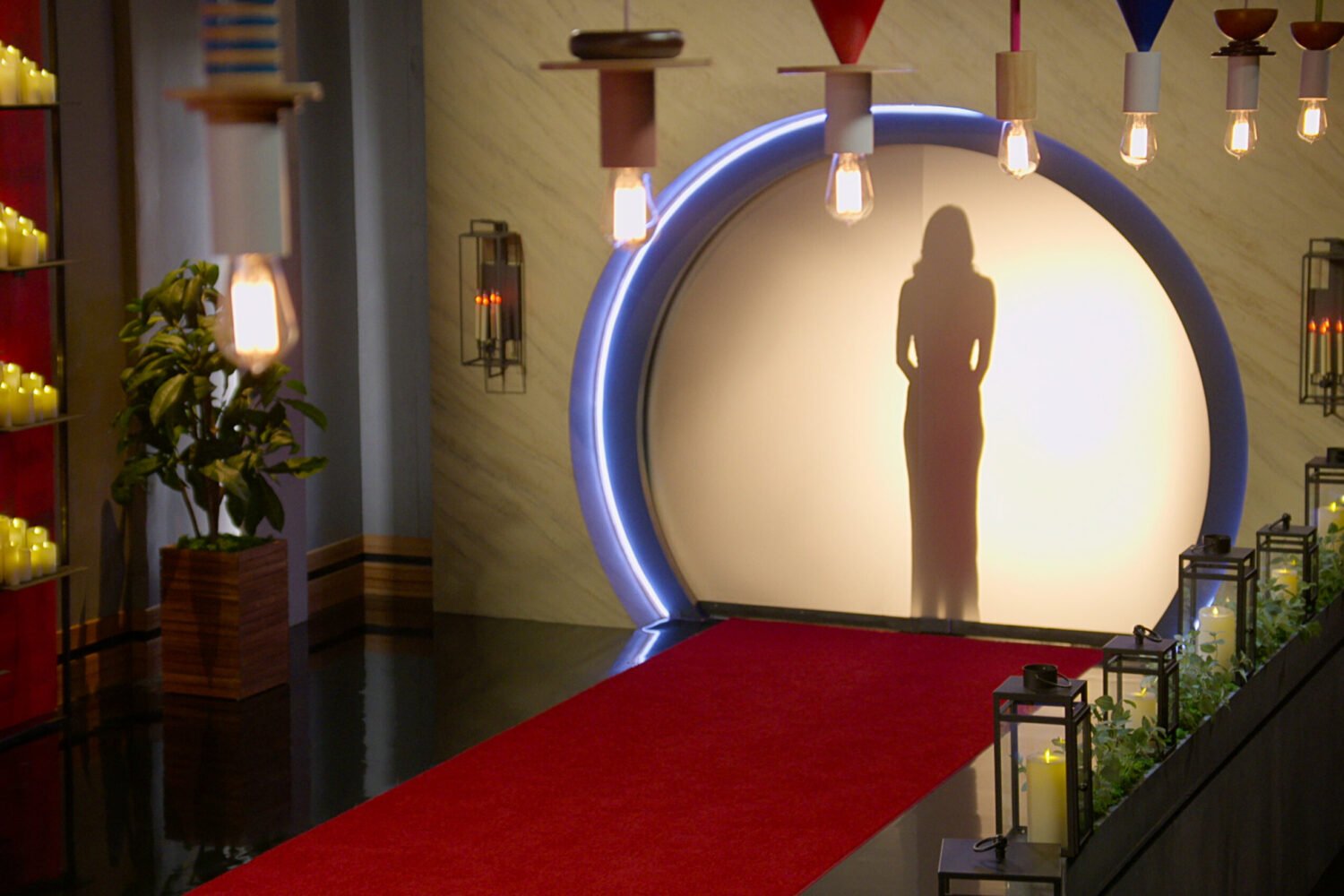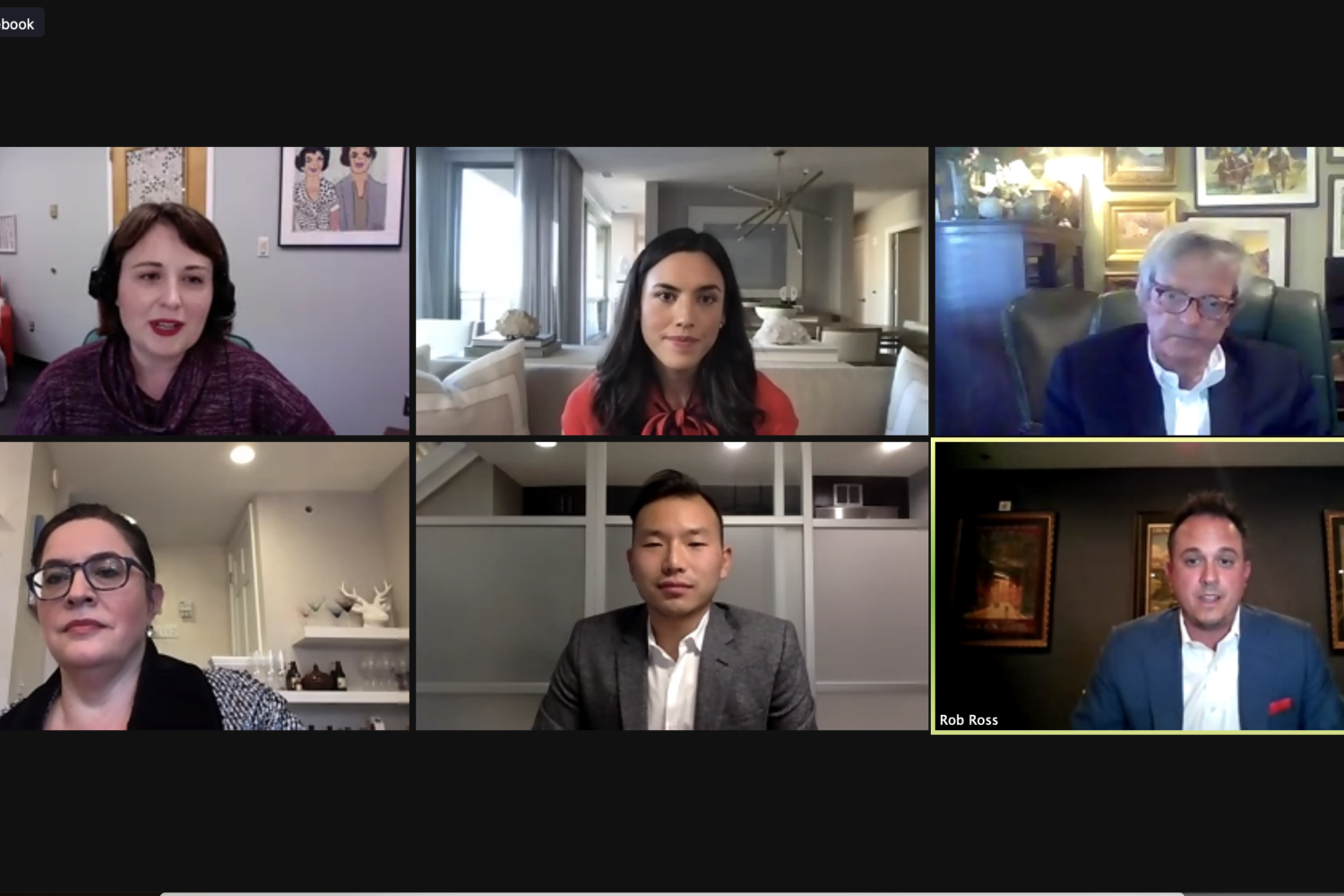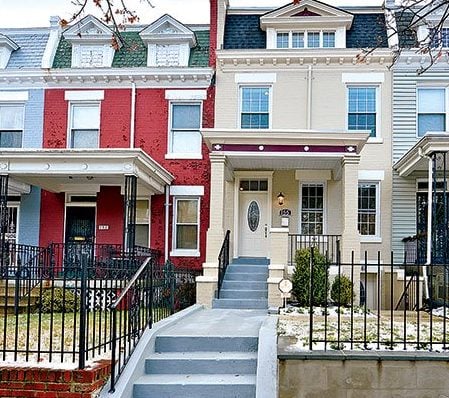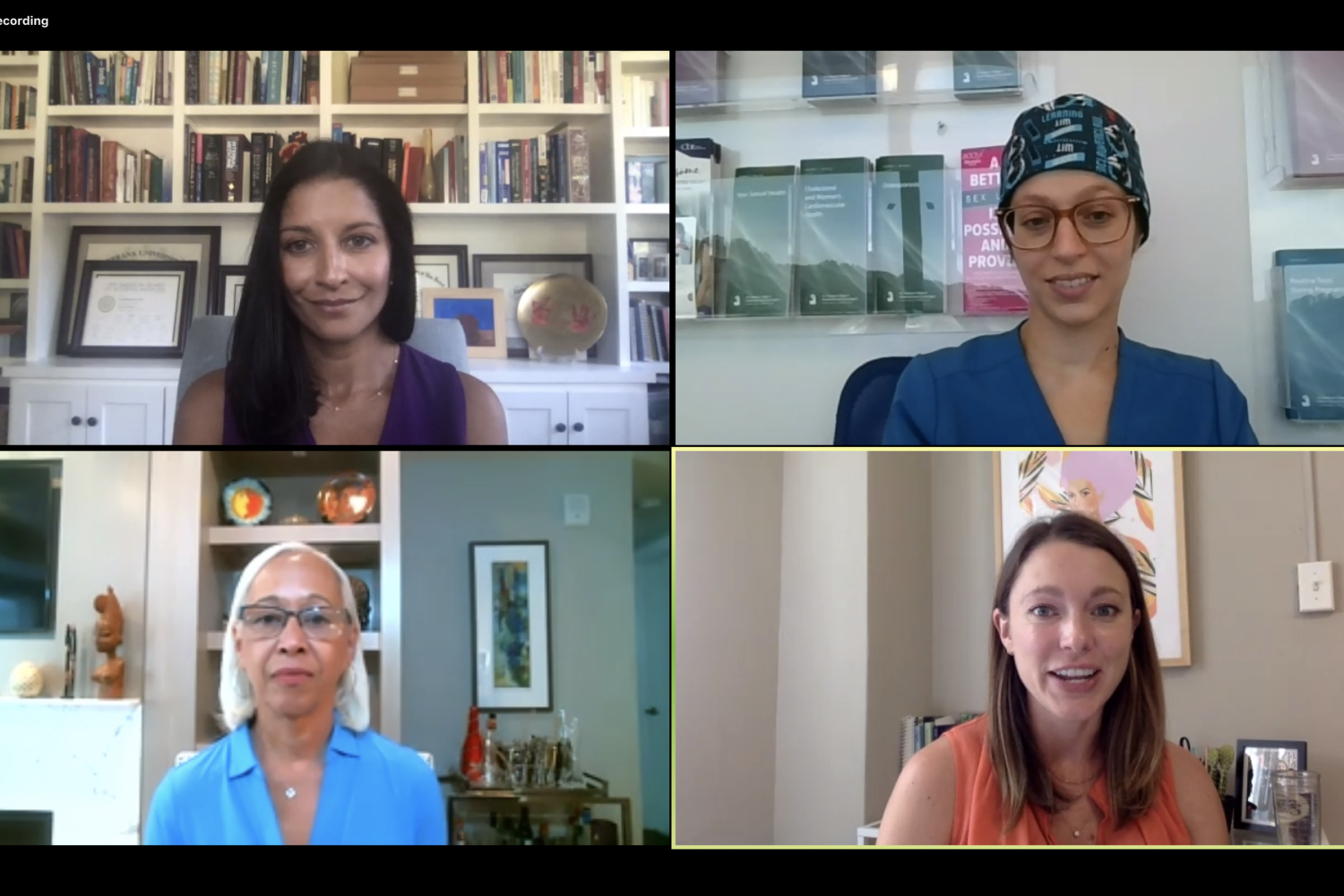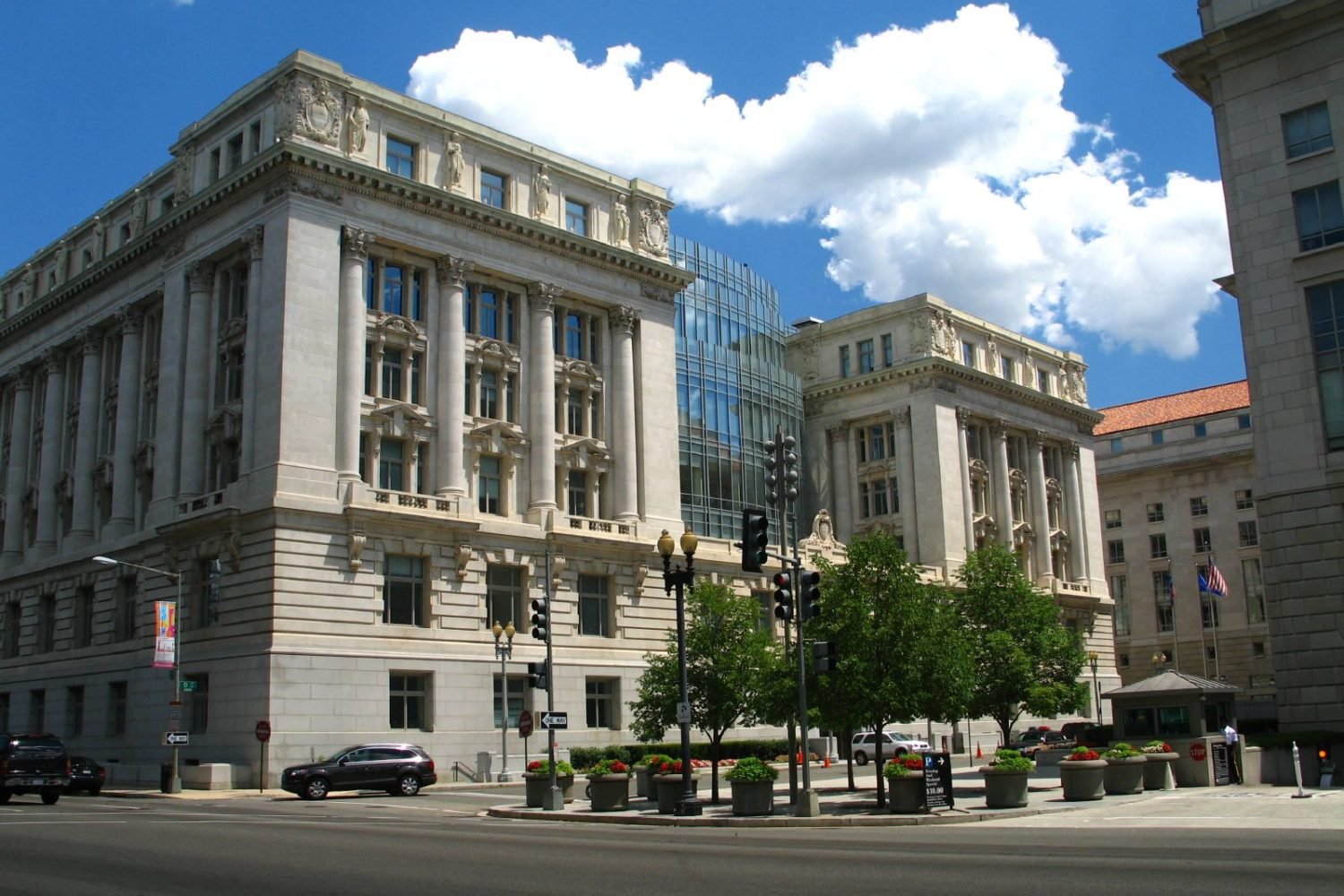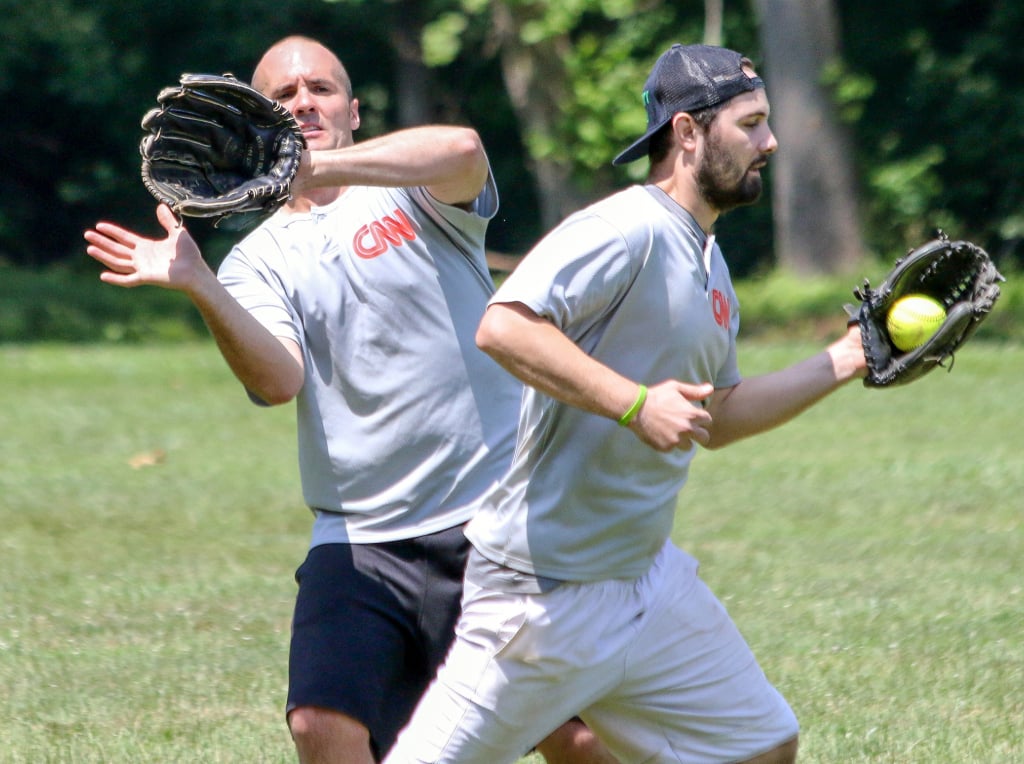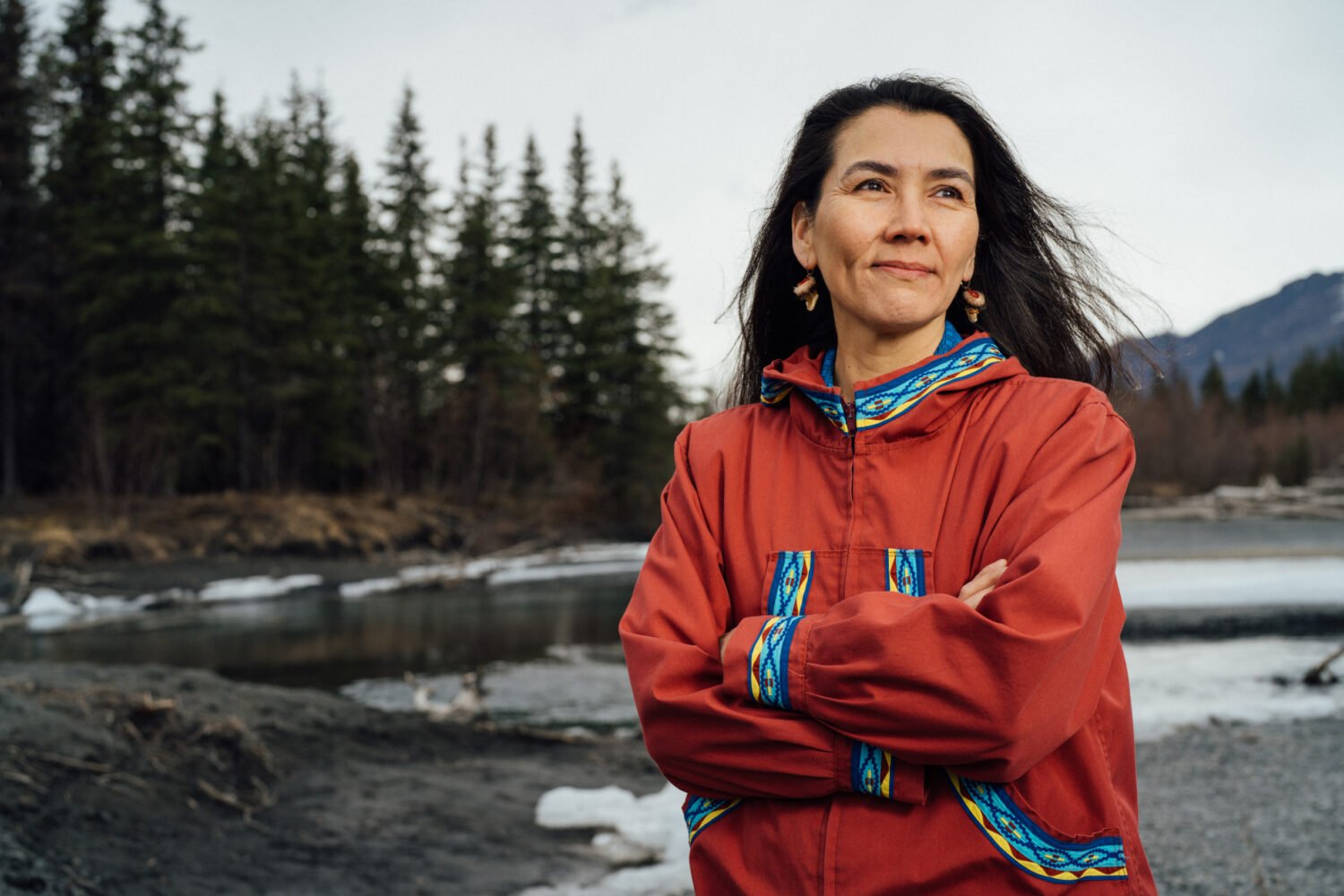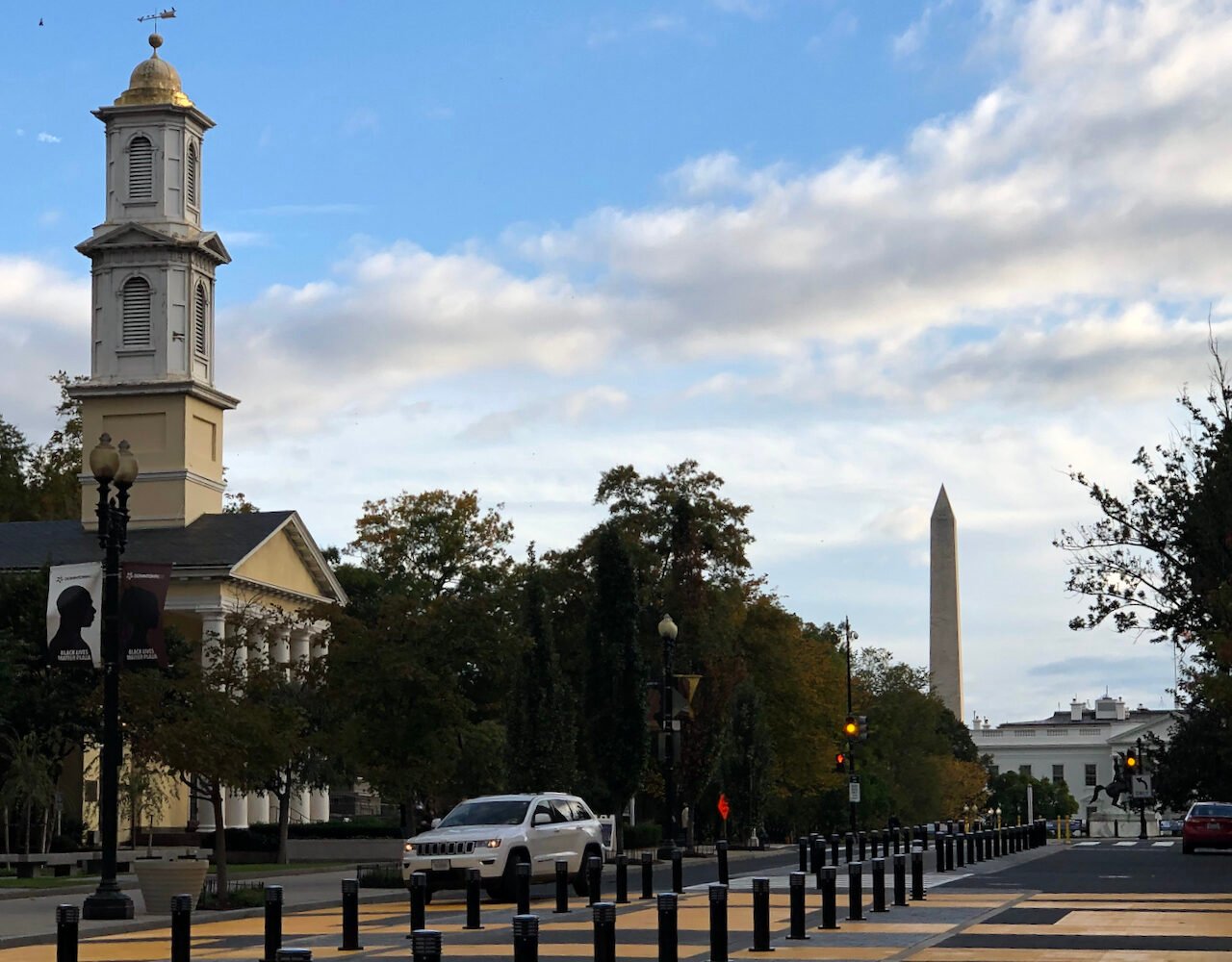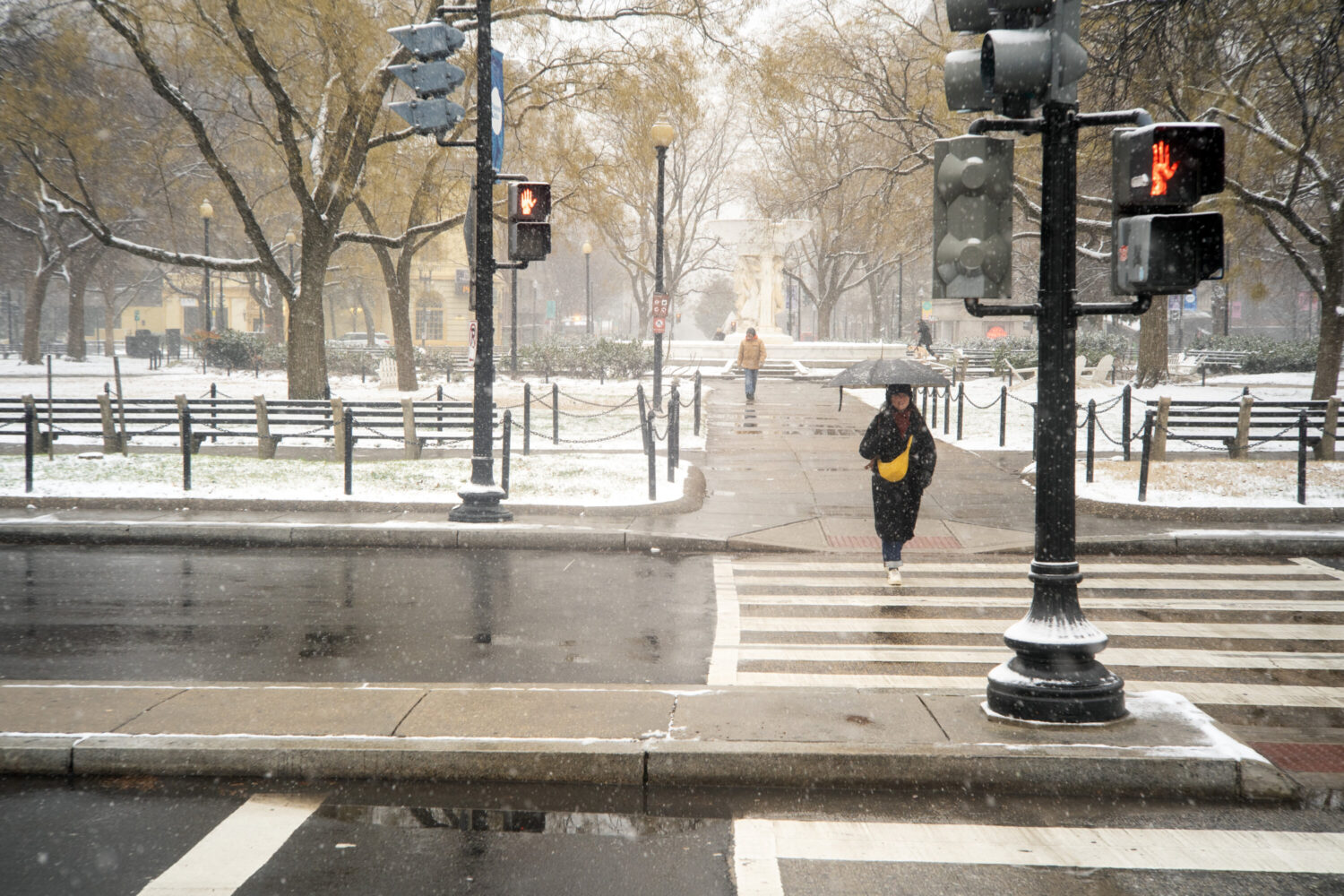Every morning, Sister Mary Bourdon leaves the Columbia Heights rowhouse she shares with three other nuns. Behind the wheel of her bright-blue Pontiac Vibe, she heads east over the Anacostia River into Southeast DC. On Mississippi Avenue, a sparkling glass-and-steel building seems to appear out of nowhere. Inside, she passes a 365-seat theater, a ballet studio surrounded by floor-to-ceiling windows, art and music galleries, and a medical clinic. As she nears her office, the laughter and chatter of young girls echo off the walls.
Thirteen years ago, when Sister Mary’s vision of starting a Catholic school for girls in Anacostia was still a dream, critics told her about other well-meaning people who had gone there trying to start schools. Many of them failed. She should start her school in a more “central” neighborhood, she was told.
Sister Mary didn’t like hearing the word “central.” It reminded her of the barrier many Washingtonians see between Southeast and the rest of DC.
“I don’t know why,” she says, “but that bridge is 1,000 miles long.”
Sister Mary started thinking about starting a school for young girls in the 1990s. Regina High School in Hyattsville, the girls’ school where she had worked as a counselor and teacher, closed in 1989.
For her next job, she wanted to help girls in DC. She was tired of reading the statistics about girls dropping out of school, so she started spending time in Anacostia. She went to the police station, nail salons, and church basements. She talked with youth workers, pastors, and business owners. When she met parents of young children, she asked, “Should we start a school? It’s up to you.”
Her circle of supporters grew. In addition to the Religious of Jesus and Mary, Sister Mary’s order of Catholic nuns, she recruited the National Council of Negro Women and the Society of the Holy Child Jesus, another community of Catholic sisters, to become partners in the school.
Eventually she crossed paths with developer Chris Smith, whose real-estate firm, William C. Smith Company, owns many of the apartment complexes in Southeast DC. Smith remembers seeing Sister Mary’s petite frame and humble manner. “Looks can be deceiving,” he says. “She’s a ball of energy. She constantly goes—morning, noon, and night.”
Smith decided to give Sister Mary space in the basement of one of his apartment buildings, where she launched an after-school tutoring program for fourth- and fifth-grade girls in 1997.
Twice as many kids signed up as expected. An hour before the first session, she had to run across the street and borrow a table from another school. It took only one year for parents to believe in Sister Mary enough to pull their kids out of public school and entrust them to her. In September 1998, the after-school program officially became the Washington Middle School for Girls, for fifth- and sixth-graders.
Paul Warren, publisher of Warren Communications News and chairman of Washington Middle’s board of directors, remembers the first time he met Sister Mary. A graduate of Gonzaga high school, Warren was part of a group that started the Washington Jesuit Academy, an all-boys, tuition-free middle school in Northeast DC.
Warren says he had heard rumblings about a nun running a similar girls’ school in Anacostia. In 2002, at an education convention in Florida, he and Sister Mary had lunch. “She was kind of pixieish,” he says. “She had a charm to her, a humility. She liked to laugh. She came across as deeply spiritual, but she didn’t wear it on her sleeve.”
Sister Mary doesn’t wear a habit, and her only jewelry is a silver cross that dangles from her neck. Chris Smith can tell story after story about Sister Mary’s charm—such as the one about the repairman who came to fix a telephone line and left agreeing to give the school a free phone system.
The daughter of an industrial engineer and a stay-at-home mom, Sister Mary was born in Rhode Island and grew up in a large Catholic family. Her six brothers and one sister are all pranksters. When First Lady Laura Bush’s secretary called in 2007 to schedule a visit to the school, Sister Mary thought one of her siblings was playing a joke.
Sister Mary knew from a young age that God was calling her to a religious life. Her parents instilled a strong faith in their children; one of Sister Mary’s brothers is a priest in Rhode Island. After her sophomore year at Regent College in Boston, she transferred to American University to be close to the headquarters of the Religious of Jesus and Mary.
She started spending time with the sisters and talking to them about their work. She was drawn to the group’s mission of helping the poor. Today her order has 11 nuns scattered across Washington. Two are attorneys, and one is a chaplain at Georgetown University.
Warren says Sister Mary has an extraordinary ability to inspire others. “People are dying for true, authentic heroes,” he says. “And that’s exactly what this woman is.”
Washington Middle School now has 93 students on two campuses. Sister Mary seeks out girls whose families can’t afford more than the school’s $25 monthly tuition, a fee she imposes to teach families financial literacy and accountability. The staff hosts picnics and recruits kids from the neighborhood. “We know by definition that the students we want may not be looking for us,” she says.
Many of the girls who attend Washington Middle live in Anacostia—90 percent of the students are raised in single-parent homes, and 85 percent qualify for federal meal programs.
The fourth- and fifth-graders take classes in the Washington View, an apartment complex on the southern edge of Anacostia. In June, a drive-by shooter sprayed gunfire into a group of neighborhood kids standing outside the apartments. A 9-year-old girl and 15-year-old boy were shot.
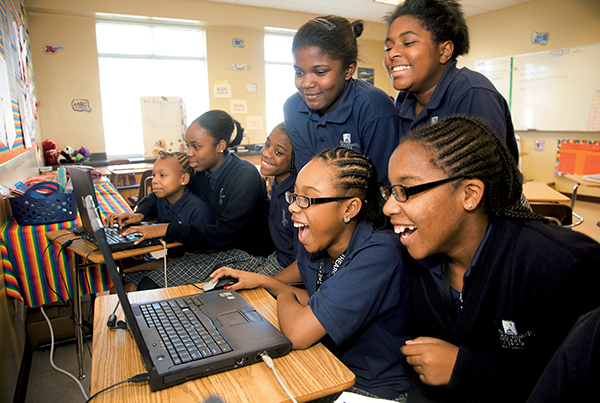
Washington Middle students are encouraged to set their sights high. Homerooms are named after the colleges teachers attended. Photograph by Matthew Worden.
Inside, the school feels safe. One room is pink, one green, one purple. Sister Mary encourages the girls to spend three years completing fourth and fifth grades at the View campus. Many arrive several years behind in reading and math—the View is a place for them to build their academics before graduating to the upper school.
The sixth, seventh, and eighth grades moved to the Town Hall Education Arts & Recreation Campus (THEARC), a $27-million community center, when it opened in 2005. The brainchild of developer Chris Smith, the building houses programs of ten organizations, including the Washington Ballet, the Corcoran Gallery of Art, the Levine School of Music, Trinity Washington University, and Children’s National Medical Center. Its purpose is to bring arts, education, and culture east of the Anacostia River.
When the project was getting off the ground, Smith asked Sister Mary if she’d like to move into the building. She had no idea then what kind of groups would be next door. Now, after classes, her students walk down the hall to dance at the Washington Ballet, learn how to play violin at the Levine School, or take a nutrition class through the Boys & Girls Club.
“Environment has a lot to do with a message that you give to students,” says Sister Mary. “This campus is the perfect place to make the transition to high school.”
Eighth-grader Tayauna Perry knows what she wants. She thinks her gray plaid uniform skirt is “not cute at all” and wishes she could wear pants in the winter. She can’t wait to get to high school and wants to go to Duke Ellington School of the Arts, KIPP, or Washington Math Science Technology Public Charter School. At Florida State or the University of Maryland—her top choices for college—she wants to study biology and become an ob-gyn.
Sister Mary encourages her students to have strong opinions. “It would be terrible if school was always just about obeying,” she says. She knows once they leave Washington Middle, her girls will need more than what they’ve learned in the classroom—they’ll also need confidence, poise, and courage.
“We are undoing as well as teaching,” says Sister Mary. “Our girls have to survive a rather harsh reality, so they have to have the equipment that goes with that. We try to create an environment so that they know this is a place you can be heard without screaming, where you can get your point across without hitting.”
Every homeroom in the upper school is named after the college its teacher attended, such as Villanova University or Rosemont College. Math teacher Kelley Lockard invited her students to her master’s-in-education graduation ceremony from Trinity Washington University last year. “We try to get them to see that there’s more than just the block they live on,” she says.
Last year, a group of girls spent the day at Steptoe & Johnson, a downtown DC law firm. They’ve camped at the Chesapeake Bay Foundation and had a sleepover with girls from Potomac’s Connelly School of the Holy Child.
Class sizes are small—usually 12 to 15. Students are at school from 7:30 to 5:30. They eat breakfast, lunch, and an afternoon snack together. The younger girls are required to take classes over the summer, while older students who are doing well academically enroll in school-approved summer camps and trips.
The girls are given responsibility. There’s a washer and dryer that the students can use to clean their uniforms. They pick a community-service project to work on every year.
Sometimes Washington Middle hosts groups from other schools for a performance at THEARC, then serves them cookies and punch. Sister Mary doesn’t want the girls always to be the beneficiaries of other people’s goodwill—she wants them to be proud of their school, to understand how good it feels to be generous.
Parents are required to do service hours. They can shadow their daughters in class, come to an evening seminar on teen pregnancy, or help teachers prepare materials. Many of the girls’ mothers dropped out of school and are intimidated by the academic world. Sister Mary wants them to realize it’s not as foreign as they may think.
“If you educate the child in isolation, either she will have to leave her family or she’ll drop out because she will feel guilty getting an education,” she says. “But if you can bring the family with you, it becomes normal.”
As Washington Middle has grown, Sister Mary has spent less time on day-to-day management and more on fundraising. Every year, the school starts from scratch to raise its $1.5-million annual budget.
To offset costs, she has forged partnerships all over the city—the school hires teachers through AmeriCorps, reading specialists through Trinity Washington University, and social workers through the National Christ Child Society. Last year, Washington Middle received a $100,000 grant from Fight for Children, a local nonprofit, and a $10,000 award from the Washington Area Women’s Foundation.
Still, Sister Mary sometimes wonders why it’s off so many people’s radar. Newer schools, such as the all-boys Washington Jesuit Academy, have been able to raise more money than Washington Middle. “I don’t know if there’s something about being in Southeast that people have a mindset that it can’t be good,” she says. “Or maybe it’s because we are all-girls.”
Paul Warren says a big difference is that the Washington Jesuit Academy has a built-in network of alumni—graduates of Jesuit high schools and colleges. Last year’s Jesuit Gridiron Classic, an annual football game between Georgetown Prep and Gonzaga, raised more than $100,000 for the school. Local Catholic girls’ schools have supported Washington Middle, but none can raise that kind of money at one event.
Sister Mary says that if she tells the girls “no excuses,” she has to say the same thing to herself.
In a city with notoriously low graduation rates—in 2006, only 49 percent of DC kids graduated from high school on time—98 percent of Washington Middle’s alumnae are attending or have graduated from high school. Girls have gone to dozens of good local high schools, including Archbishop Carroll, Georgetown Day, César Chávez, Georgetown Visitation, and School Without Walls.
When students graduate, they sign a paper that gives Washington Middle access to their high-school records. Kim Hopwood, director of student life, visits each graduate at her high school at least twice a year. She checks their grades and encourages them to join clubs and make friends. Many struggle to fit in. “Whether it’s academic, cultural, or social, it’s hard,” she says.
Sister Mary is not naive. She knows these girls will be fighting the odds the rest of their lives. Still, she’s hopeful. “It’s not about fixing somebody or making somebody who you want them to be,” she says. “Every student has God-given gifts.”
More Groups Helping Kids
Many area groups are working to help young people build a better future. Here are ten doing excellent work.
Brainfood uses cooking to teach life skills and promote healthy living. High-schoolers take cooking classes, listen to lectures, go on field trips, and do community-service projects. 1525 Newton St., NW; 202-667-5515.
College Summit gives college-admissions support to disadvantaged students. The program helps kids navigate test-prep courses, college visits, and applications. 1763 Columbia Rd., NW, Second Floor; 202-319-1763.
Community Bridges works with low-income girls between ages 8 and 15. It stresses academics, health, leadership, and conflict resolution. 620 Pershing Dr., Second Floor, Silver Spring; 301-585-7155.
D.C. Creative Writing Workshop partners with three schools in Southeast DC. Kids meet with professional writers, learn to journal and write poetry, and publish three literary magazines. 601 Mississippi Ave., SE; 202-297-1957.
DC Scores combines soccer, creative writing, and community service in an after-school program for more than 700 students at 23 elementary and middle schools in DC. 1224 M St., NW, Suite 200; 202-393-6999.
Escuela Bolivia provides leadership programs to Latino families. Offerings for kids include college-preparation workshops, mentoring with Latino professionals, and language classes. 2801 Clarendon Blvd., Suite 216, Arlington; 703-228-2560.
Higher Achievement gives year-round academic enrichment to talented middle-school students in DC and Alexandria. The goal: to get kids accepted at college-prep high schools. 317 Eighth St., NE; 202-544-3633.
Latin American Youth Center runs a range of programs—from foster placements and gang prevention to music classes and mentoring. It serves mostly Latino and African-American youth in DC and Maryland. 1419 Columbia Rd., NW; 202-319-2225.
Sitar Arts Center helps kids discover their creative talents and offers a safe place to go after school. The comprehensive arts program includes music, dance, drama, creative writing, and visual arts. 1700 Kalorama Rd., NW, Suite 101; 202-797-2145.
Words, Beats, and Life uses hip-hop to get kids in DC’s Wards 1 and 7 excited about learning. The program offers workshops in DJing, graphic arts, creative writing, fashion design, and more. 1525 Newton St., NW; 202-667-1192.
This article first appeared in the December 2009 issue of The Washingtonian. For more articles from that issue, click here.

